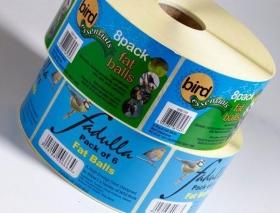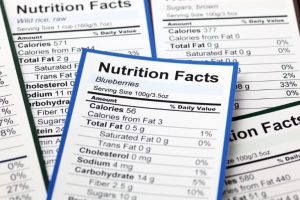Producing a food label designed to help consumers decide whether the product would be suitable for people with a diabetic condition, high blood pressure, heart disease or obesity has proved to be a bit of a minefield. The European idea was to have a “Traffic Light” system depicting colours ranging from red to green, to indicate whether a portion of a given food was high in calories, fat, and sugar or salt.
Getting 27, or 28 if the United Kingdom is included, countries agreeing completely to a unified system, is not unlike the ”design by committee” which as we know is a disparaging term for a project that has many designers involved but no unifying plan or vision. A maxim which many will remember is when asked to design a horse; the committee came up with a camel!
The project seems to have hit stormy waters as five of the largest food companies in the world Coca-Cola, Mondelez, Nestlé, PepsiCo and Unilever, have abandoned the trials of designing and developing a unified system for the whole of the EU.
Health professionals and governments are naturally disappointed that the trials seemed to have stalled, as they argue that many foods should be avoided or at least restricted because if the product is high in some additives, these can include added sugars and processed carbohydrates as well as sodium (salt) it is known that they may increase your blood pressure and, in turn, the risk of heart disease or stroke.
Sadly it looks as though the curse of “the committee” strikes again and as Bart Vandewaetere, a Nestlé government affairs executive commented “we have been working together for two years on an “Evolved Nutrition Label”, this would have replaced the current monochrome label now displayed on food items,” he went on to say “colour coding of food labels is very controversial in continental Europe and we need leadership from the European Commission to come up with a common approach.” It would appear that the stumbling block is that the companies could not gain consensus around the new portion-based, colour-based scheme, this after trials have been conducted in many countries, along with consultations with consumer groups and with academics too.
The outcome at the moment is that European countries will continue to design and develop their own labelling system, some such as the UK and Ireland have put in place a voluntary labelling scheme that uses a design based on the red amber green traffic light colours to convey information to people scanning packages in supermarkets. However, the French system does seem to be gaining momentum in Belgium and the Netherlands and is being considered by Spain. This assigns foods a single so-called NutriScore and colour code from red to green. However the industry as a whole is becoming very concerned that the current disjointed approach will, at some time, disrupt the supply chain.









